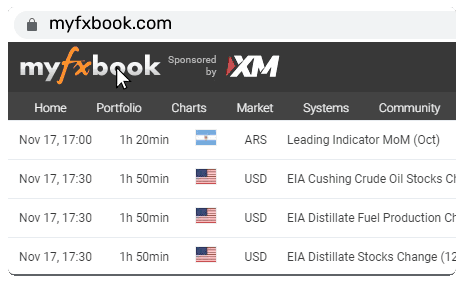USD Outlook Amidst Evolving Economic Indicators

The US dollar has been retreating from its April highs over the last few months. This follows the release of several sets of economic data, including some that indicate moderation in labour market conditions, inflation rates, and consumer spending. Despite these cooling signs, I would still look for the USD to remain well within the current range on a trade-weighted basis. As such, my year-end estimates are unchanged, with the EUR/USD seen at 1.06 and USD/JPY at 153.
USD Index H4
Source: TradingView What Could Make the USD WeakerLabor Market Data A significant decline in the USD would probably have to be based on a substantial weakening of the US labour market? Much has been written about the misses of recent data points, but their respective trends are rising, and the US economic momentum remains relatively strong compared to the rest of the world. This wide gap in economic terms underpins the relative value of the USD.
Federal Reserve's Monetary Policy The Fed has simply not been convinced that inflation is on a solid trajectory to return to target. While most other central banks have already embarked on interest rate easing programs, the cautious tone of the Fed is keeping interest rates in the US higher, and the USD supported through interest rate differentials.
Investor Preference Investors still prefer assets denominated in USD because of the higher yield relative to other major global currencies. This fact supports the USD, notwithstanding what may be considered rich levels. Investor preference will continue for such higher-yield assets and should support demand for the USD.
Political Climate The forthcoming US presidential election provides an added risk. Market reactions will be susceptible to election results, particularly in Q4. This means a Republican victory will justify a more bullish stance on the USD.
Inflation and Fed's Rate Strategy For most of the year, inflation has put to test the Fed's disinflationary course. With such strong economic growth, the threshold for doing the first-rate cut has become higher. I now forecast only one cut in 2024, set for the December meeting, and leave the fed funds rate at 4.25% by the end of 2025. Risks to this forecast are balanced with stronger-than-expected inflation that could drive a more extended period of high rates and a downturn in the labour market that might trigger an earlier rate cut.
On a trade-weighted basis against the G10 currencies, the USD is trading around two standard deviations (23%) above the BNP Paribas FEER estimates of its long-term fair value. The US current account deficit is predominantly financed by foreign investments in US fixed income, with European and Japanese investors being the major players, holding significant US asset positions in their portfolios. If they diversify, it will bring in depreciation of USD. And the moment these people start hedging their USD exposure, because hedge ratios are at historically low levels, we may see significant selling of USD.
Though the latest economic data indicate some slowdown in the US economy, USD is likely to remain strong in its recent trading zone. Indeed, a tight labour market paired with a cautious Federal Reserve policy, attractive USD asset yields, and potential political developments would all add up to the combination of tricky but generally supportive for the USD. Investors continue to focus on economic data, coupled with geopolitical calendars full of events that will be key in deciding the next direction of the USD.
Insights Inspired by BNP Paribas (Markets 360): Credit to Their Analysis for Shaping Some Aspects of This Text
This content may have been written by a third party. ACY makes no representation or warranty and assumes no liability as to the accuracy or completeness of the information provided, nor any loss arising from any investment based on a recommendation, forecast or other information supplies by any third-party. This content is information only, and does not constitute financial, investment or other advice on which you can rely.



















